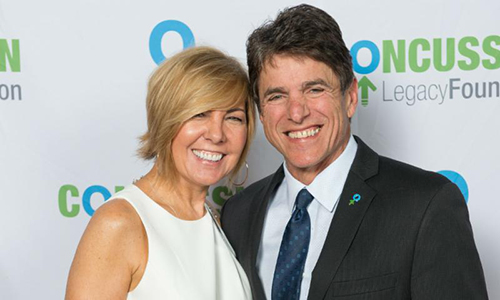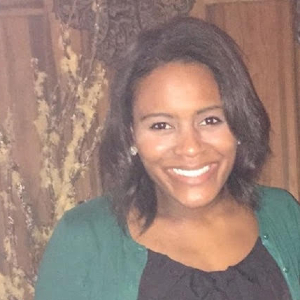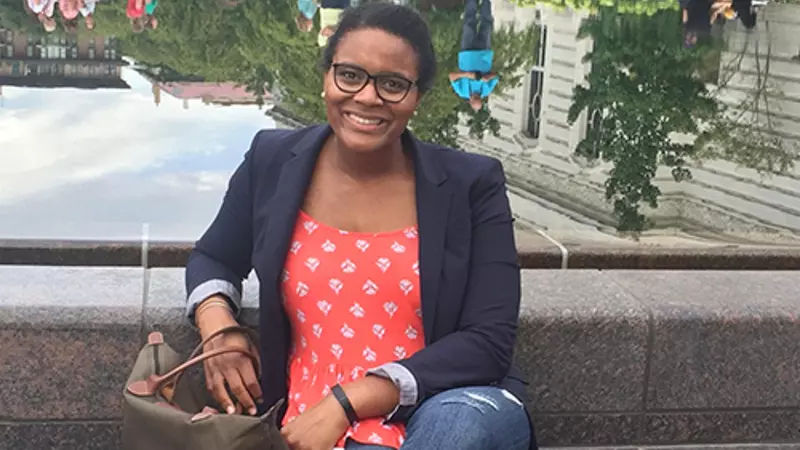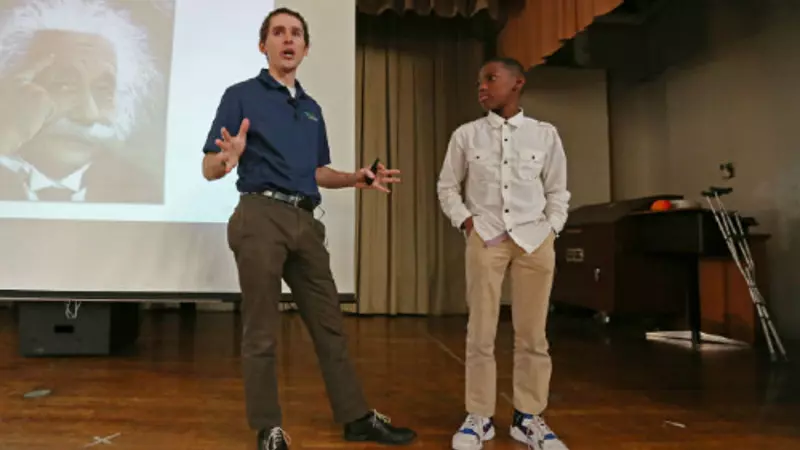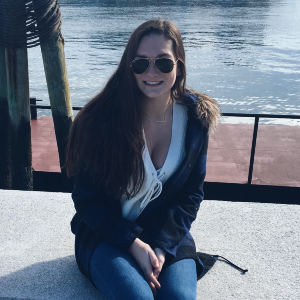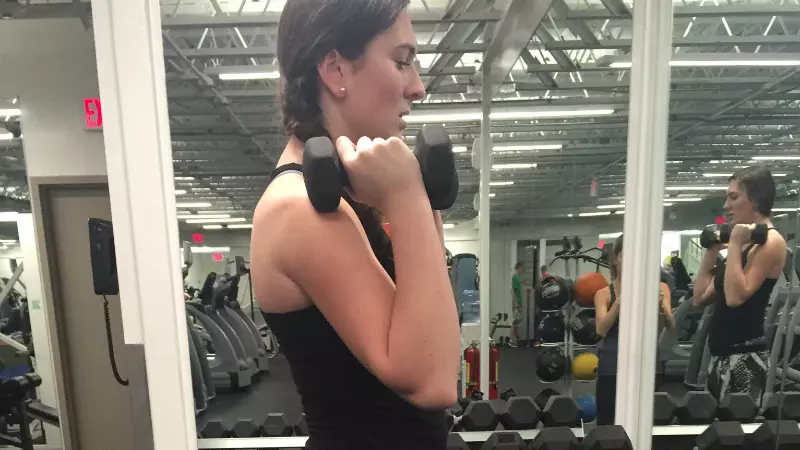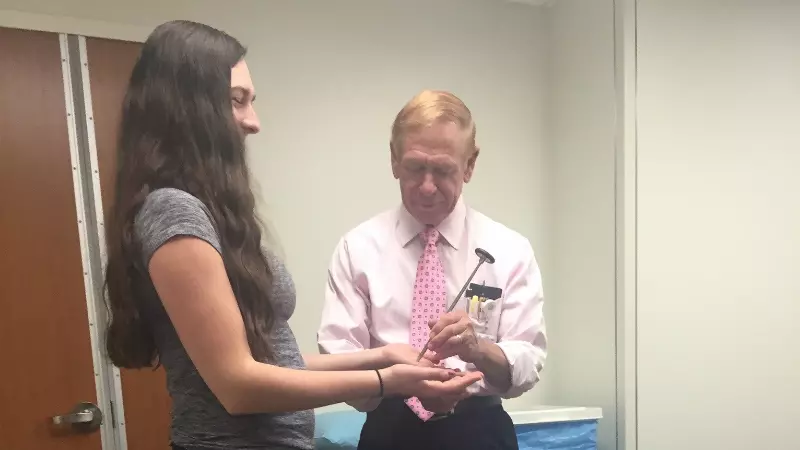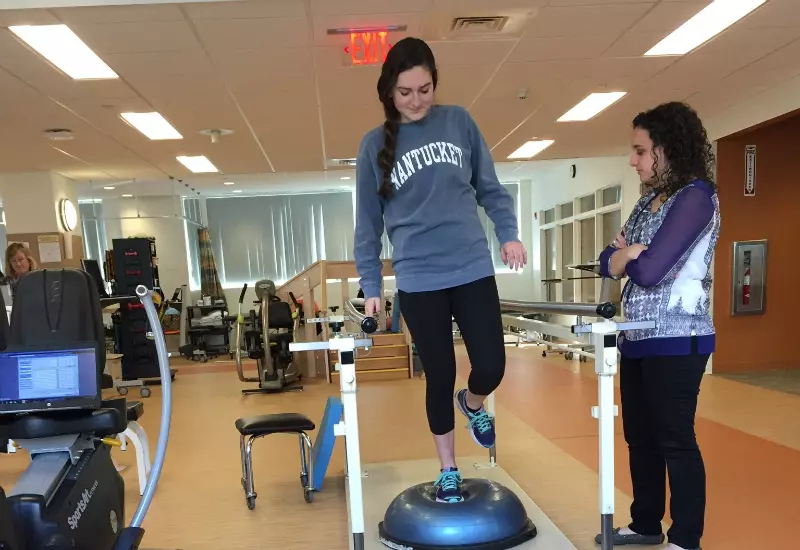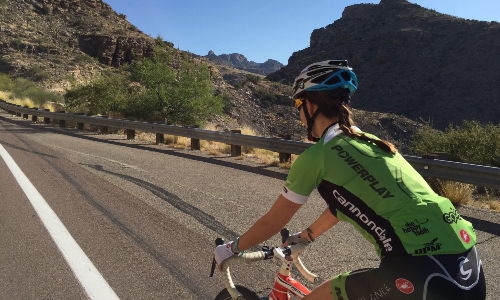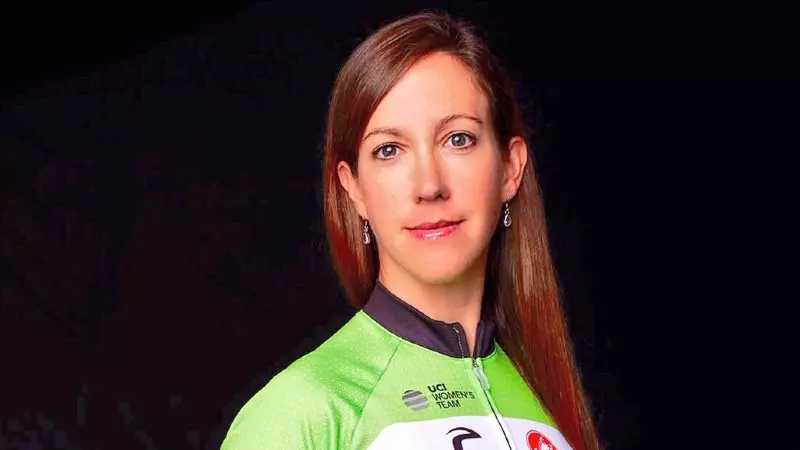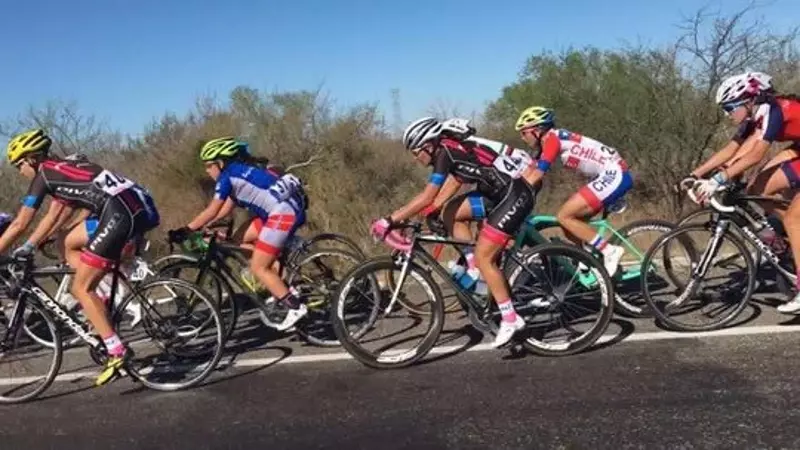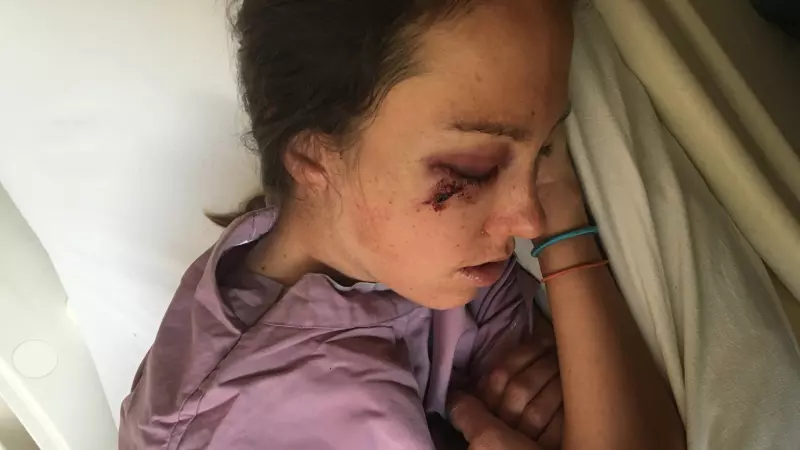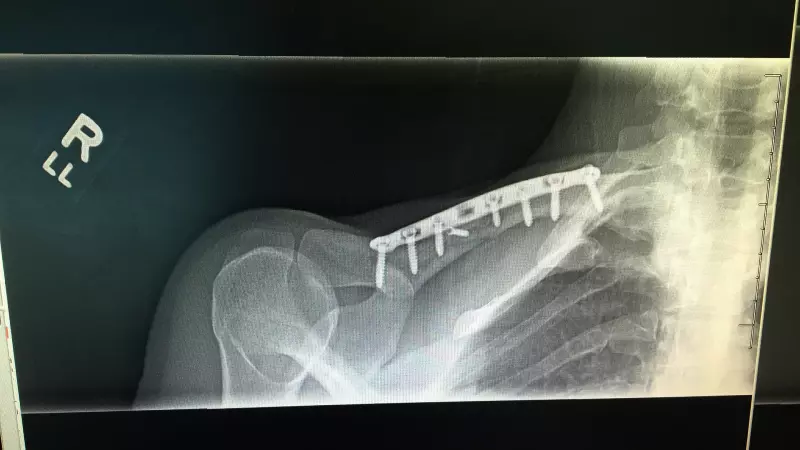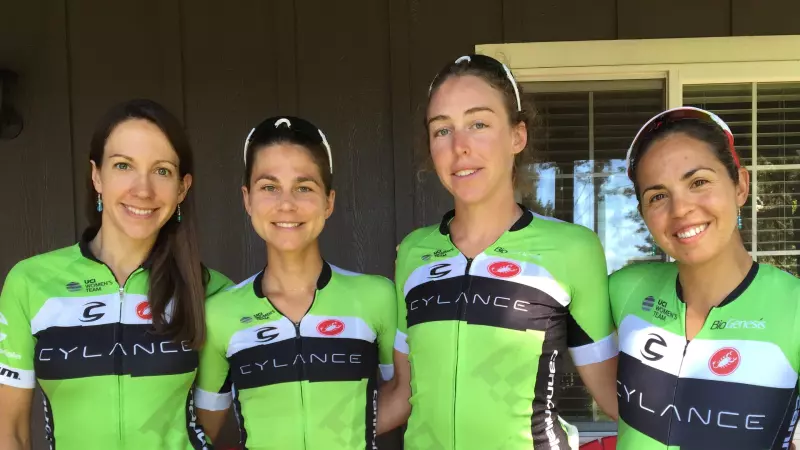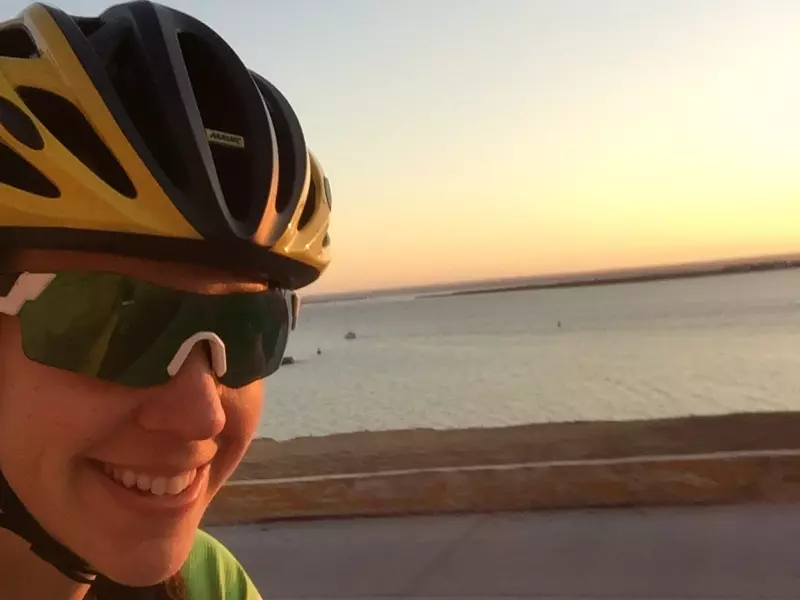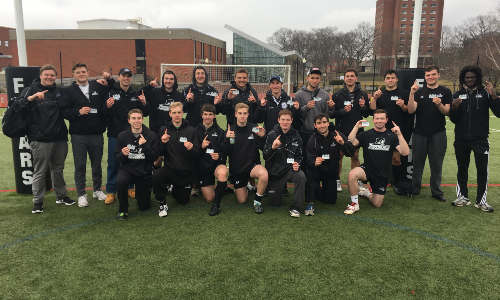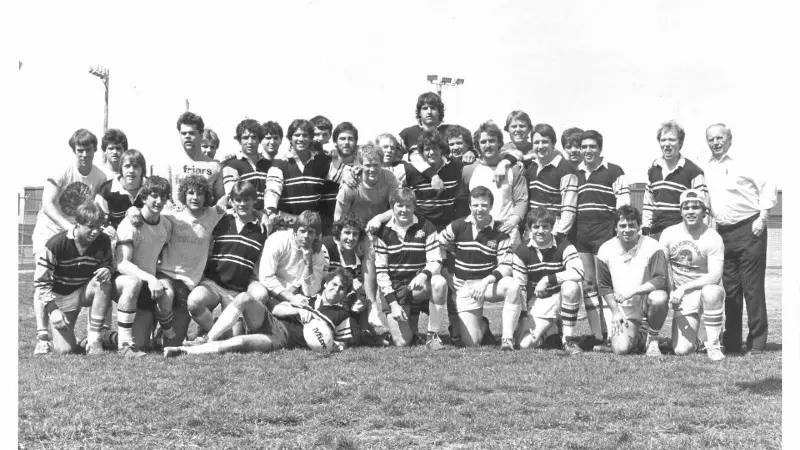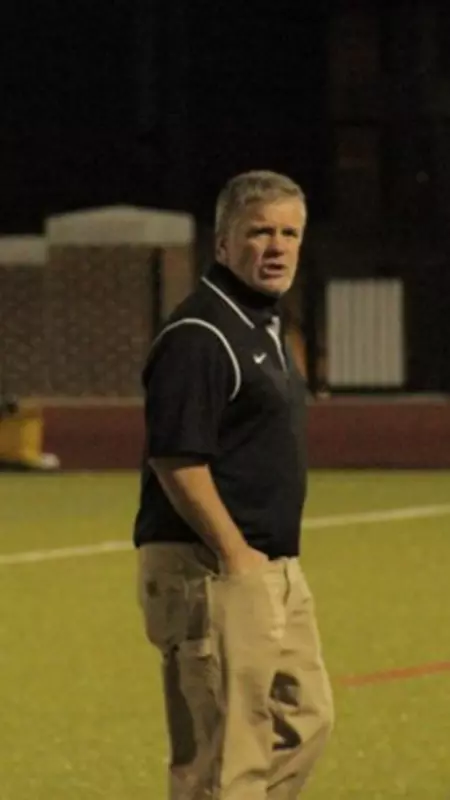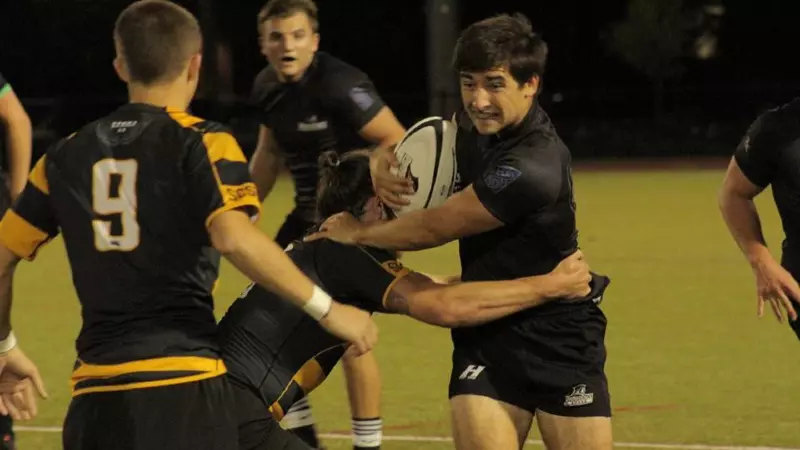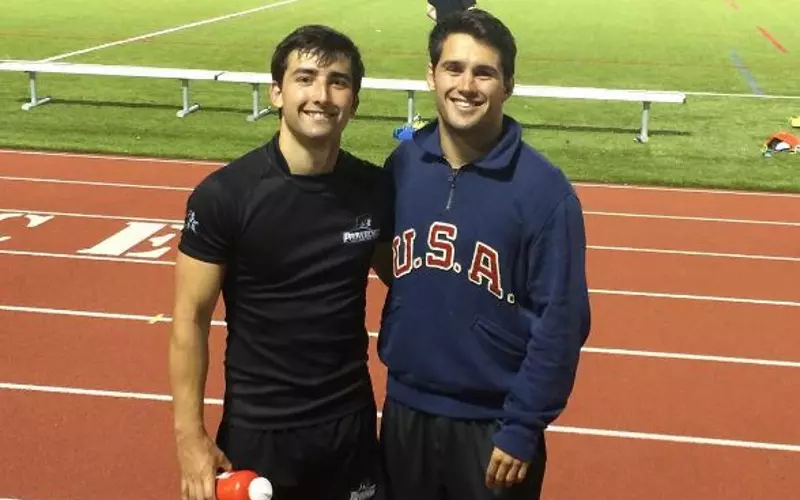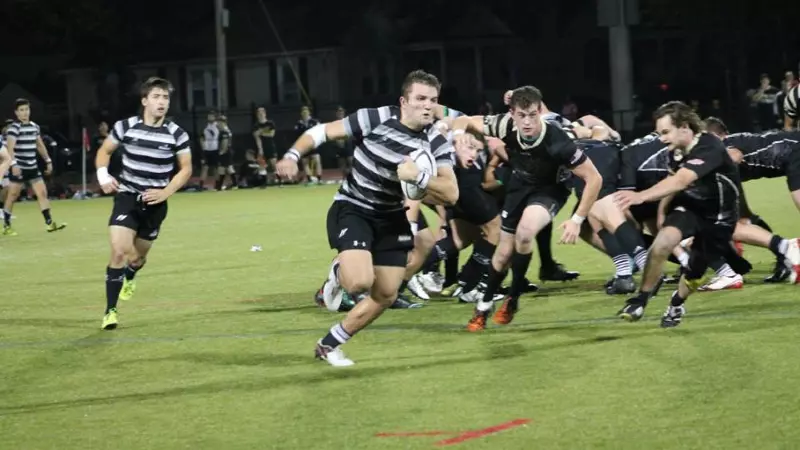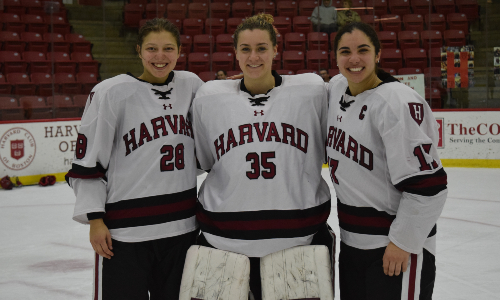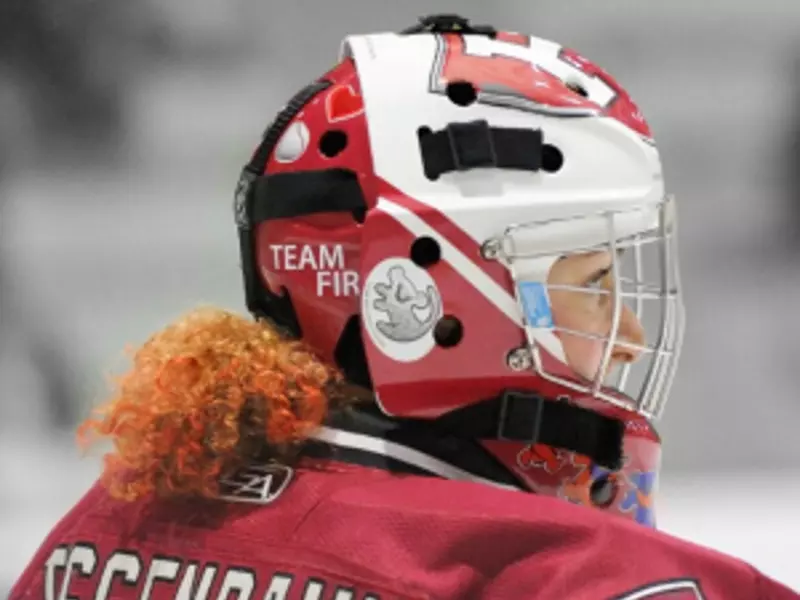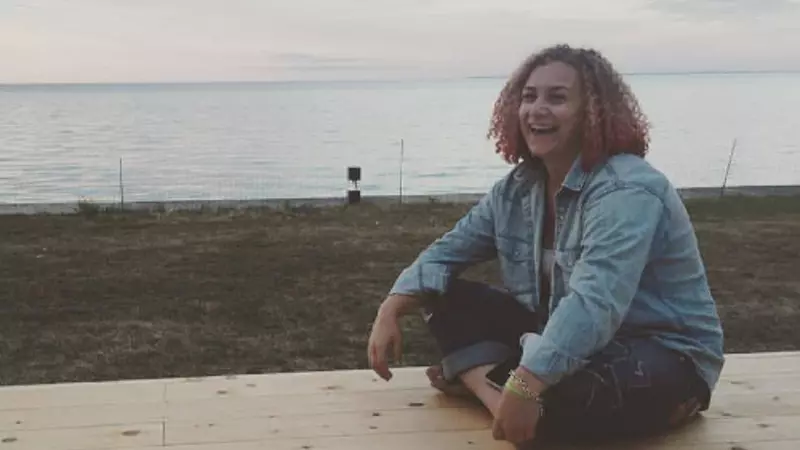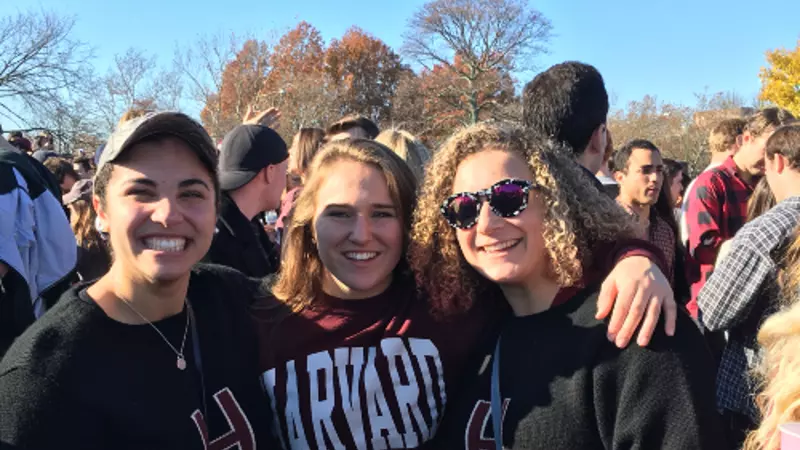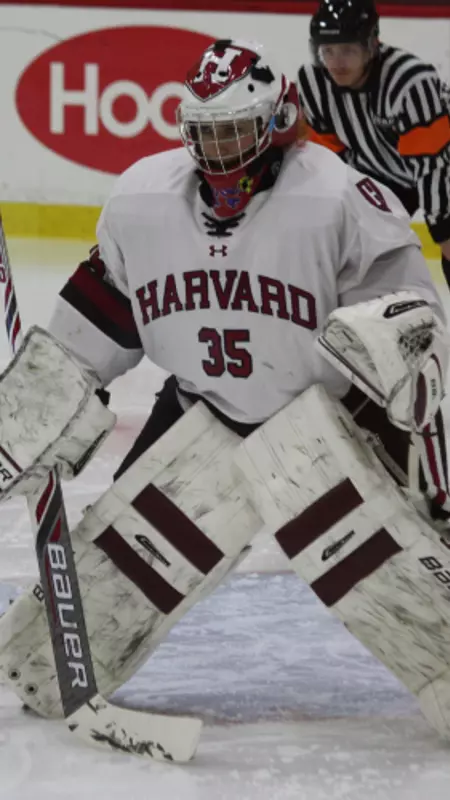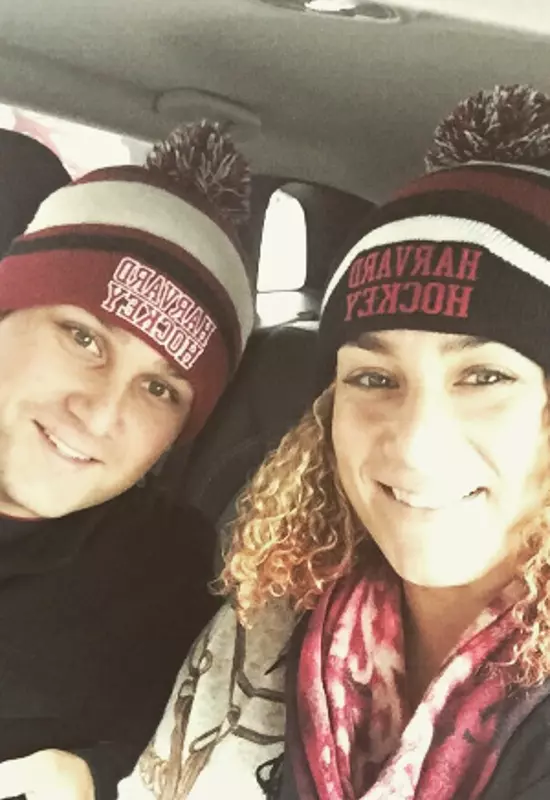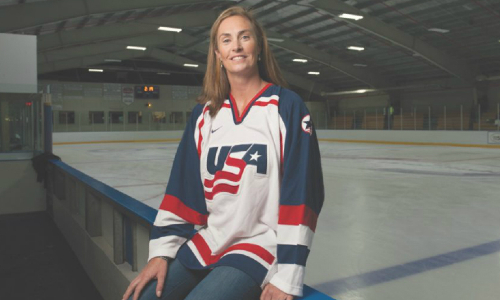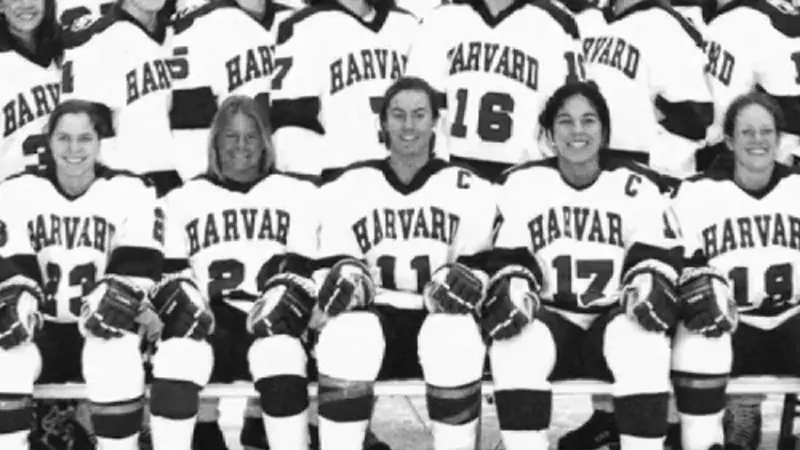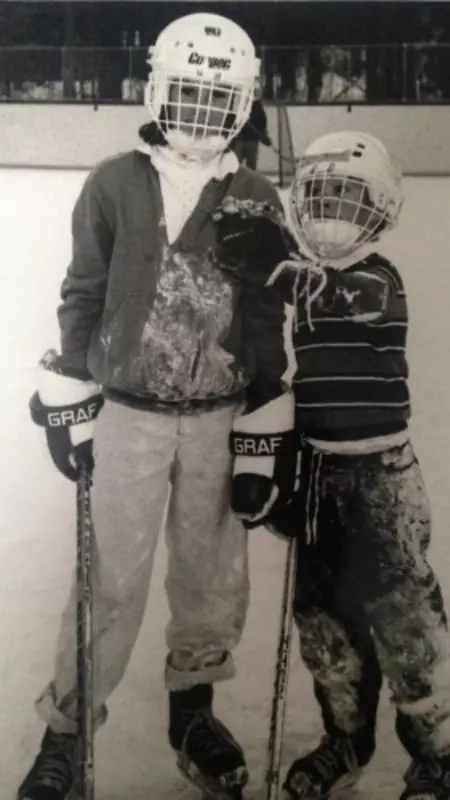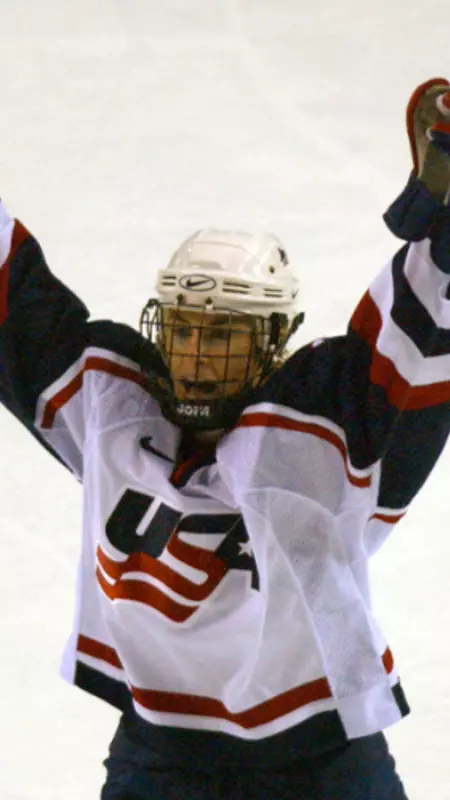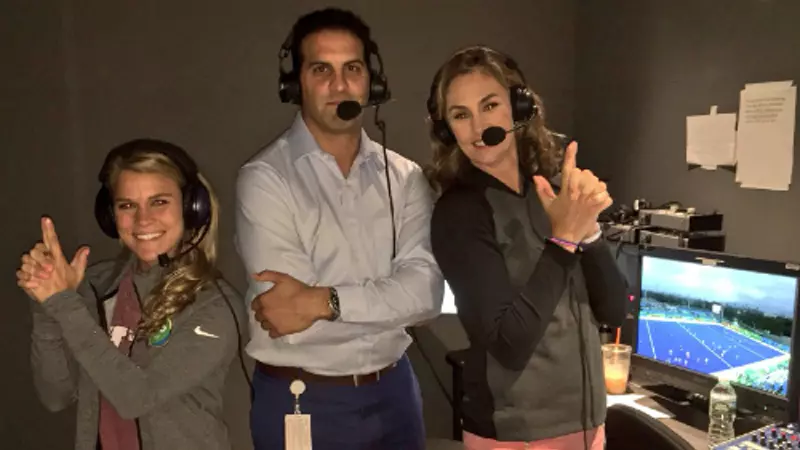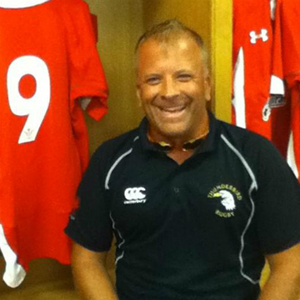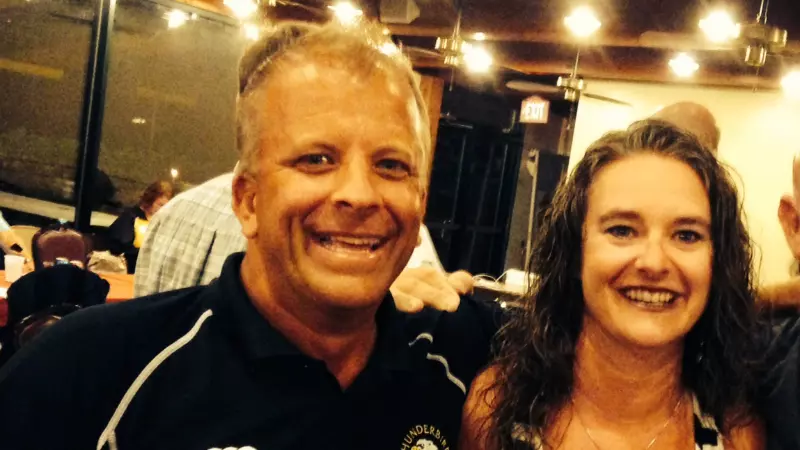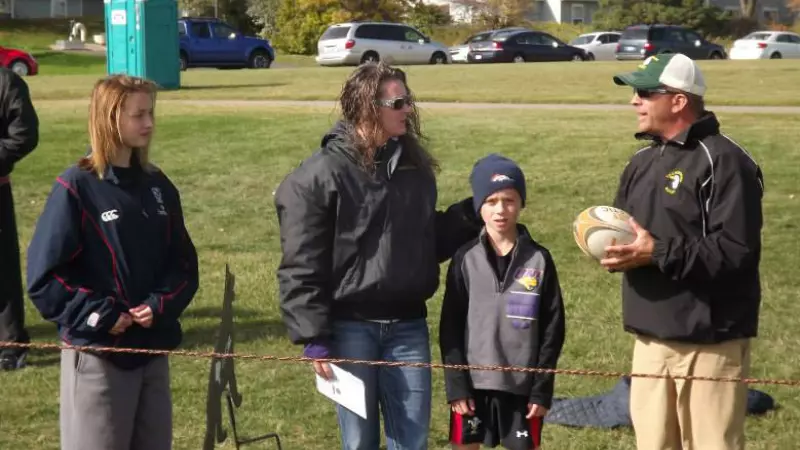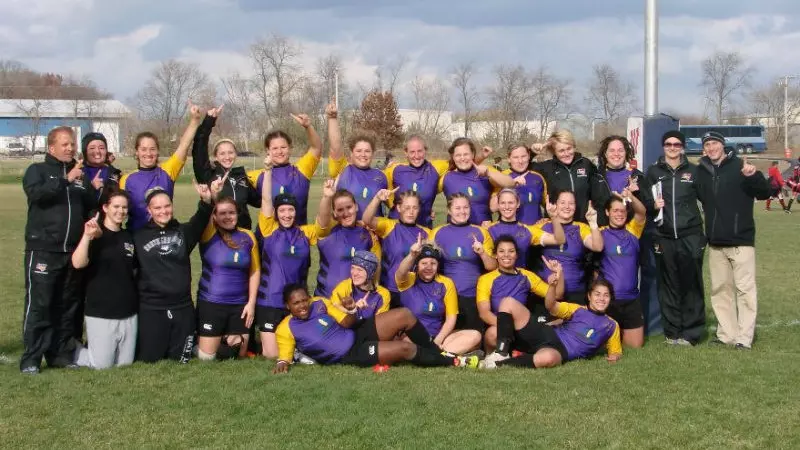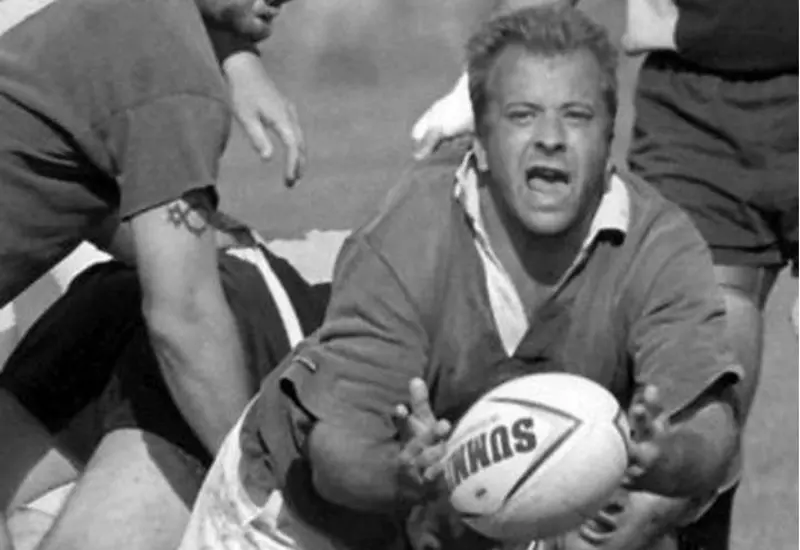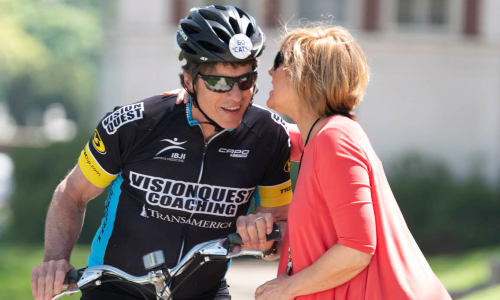
Click here to donate to The Mike Adamle Project: Rise Above and help support families living with suspected CTE.
Posted: March 2, 2018
Through The Mike Adamle Project: Rise Above, my husband Mike and I are on a quest to learn how best to live with CTE. Part of that process is discovering how to create the healthiest possible lifestyle for Mike when it comes to diet, exercise, and cognitive stimulation. Here’s what we have learned:
Exercise
Mike has always been most at home in athletics – in motion. Movement is like meditation for him. We knew exercise was important for health overall, but were there exercises that were found to be helpful for brain functioning? We discovered exercise increases oxygen to the brain, promotes neurogenesis (new brain growth), produces the release of “feel good” brain chemicals (like serotonin, endorphins, and dopamine), and reduces stress. All of these benefits also fight off the depression and paranoia that CTE causes.
While you should create your exercise plan in coordination with your physician and take into account what is appropriate considering your health and injury history, Mike and I discovered research linking the following physical activities with brain health, and Mike found they were FUN!
Biking – biking has all of the benefits you might expect, like cardio-vascular and strength/muscle improvements. Recent studies, however, have demonstrated improved movement for people with Parkinson’s. Brain imaging demonstrated improved connections in parts of the brain associated with Parkinson’s. Biking not only improved movement and cognition, but also proved to be more effective than drug treatments, according to this 2013 study.
Cardio Boxing – NO, we are not advocating punches to the head! But boxing is about so much more than punching: the patterns of jabs, punches, and undercuts includes thinking and memory skills used in coordination with body movement. When reacting to a partner, your brain is also working to read cues and react defensively as well as spontaneously planning your next moves. A boxing workout without head contact packs a one-two-punch of physical and cognitive exercise!
Ballroom Dancing – rumba, anyone? Believe it or not, ballroom dancing is one of the best activities for brain health as well as for overall longevity. Why? Ballroom dancing incorporates multiple facets shown to benefit our brains, bodies, and mental health. First, dancing is a workout – great cardio benefits, isometric muscle conditioning, and increased flexibility. Secondly, your brain is actively working by remembering dance patterns, body placement and positions. Your brain is also responding to your dance partner – whether you are leading or following. And speaking of dance partners, dancing is a social activity – the third facet that contributes to brain and social/emotional health. In ballroom, you are face-to-face and touching – powerful medicine for the brain. And lastly, dancing always involves music. Music is a potent therapy that evokes memory, improves mood, and triggers brain stimulation on multiple levels. Who knew you could waltz your way to wellness? (PS – Mike adds ballroom dancing is like a “get out of jail free card” with your wife!)
Diet and nutrition
Healthy diets are well-documented as a necessity for optimal functioning, well-being, and longevity – but there are so many different types of “diets”, it can be overwhelming to know which to follow and how to start. “Diet” conjures up spats of quick weight loss hacks and trends that come and go out of style but never really work in the long run, so paramount to us was eating in a way that was not only healthy, but also sustainable. And it had to be enjoyable and great tasting.
Our research showed that most disease, including brain degeneration, involves inflammation, so we concentrated on foods and a way of eating that reduced inflammation. A good brain diet is one that is anti-inflammatory and low glycemic, with lean protein, lots of antioxidants, and good fats that are high in omega-3 and 6. Sugar is a primary cause of inflammation and so we keep sugar intake to a minimum. Simple carbohydrates from things like white bread, white rice, packaged cookies and crackers, most processed foods, and alcoholic drinks metabolize into sugar when digested, so we try to avoid these types of food, as well.
Books have been written describing this way of eating (we’ve found The Perricone Prescription, by Nicholas Perricone, M.D., to be a good guide and many of the recommendations here are from his plan), but here is a snapshot of a healthy brain diet:
Basic eating plan
- Eight to ten glasses of water
- Three meals, evenly spaced throughout the day
- Two snacks, spaced between meals
- Each meal and snack should contain a source of protein (our bodies cannot store protein, so we need to provide it regularly), good carbohydrates, and fats in the form of omega-3 and omega-6 essential fatty acids
- Choose fresh or frozen foods whenever possible
Antioxidant best bets
- Avocado
- Bell peppers
- Berries – blueberries, strawberries, blackberries
- Cantaloupe and honeydew melons
- Dark green leafy vegetables – spinach and kale
- Broccoli
- Orange-colored squash
- Salmon
- Tomatoes
Optimal protein sources
- Chicken breast
- Turkey breast
- Seafood – wild salmon (not farm raised), cod, halibut, sardines
- Egg whites
- Natural peanut butter without added sugar or salt
Other foods to enjoy
- Nuts – almonds, walnuts, pistachios, hazelnuts, pecans
- Beans – black, kidney, lima
- Quinoa
- Lentils
- Olive oil – and lots of it
- Coffee – a cup or two in the morning, minus all the sweeteners
- Cocoa – yes! Dark chocolate is chockfull of antioxidants
- Whole wheat or oatnut bread
- Oatmeal – steel-cut or old-fashioned oats, not the instant kind
- Tea – black or green
- Spices – turmeric, ginger, garlic
- Apples – green apples are lowest on the glycemic scale
- Lemons – provide vitamin C and bioflavonoids; squeeze in water or on steamed veggies and fish
- Cottage cheese
- Greek yogurt – avoid varieties with added sugar
Foods to avoid
- White bread
- Cake
- Cookies
- Sugar-laden cereals
- Doughnuts
- White bagels
- Instant rice
- Puddings
- Sodas
Vitamins and supplements
Although eating a wide range of healthy, fresh, and chemical-free food may provide all the nutrients we need, Mike and I choose supplements to ensure that we are providing our minds and bodies with all the nutrients needed; and when fighting a neurodegenerative deterioration, it’s essential to flood our systems with powerful fuel.
Learning from the experts
The exercise and diet plan Mike and I have incorporated into our daily lives is based on the latest research showing how best to promote brain health. I encourage you to stay up to date and sign up for CLF’s CTE Resources newsletter for access to what the world’s leading researchers on CTE are saying. One of those researchers is Dr. Robert Stern, director of clinical research at the Boston University CTE Center. Hear what Dr. Stern suggests when it comes to diet, exercise, and social engagement that will promote brain health:
Click here to make a donation in support of The Mike Adamle Project: Rise Above.
